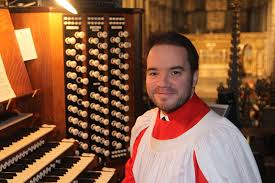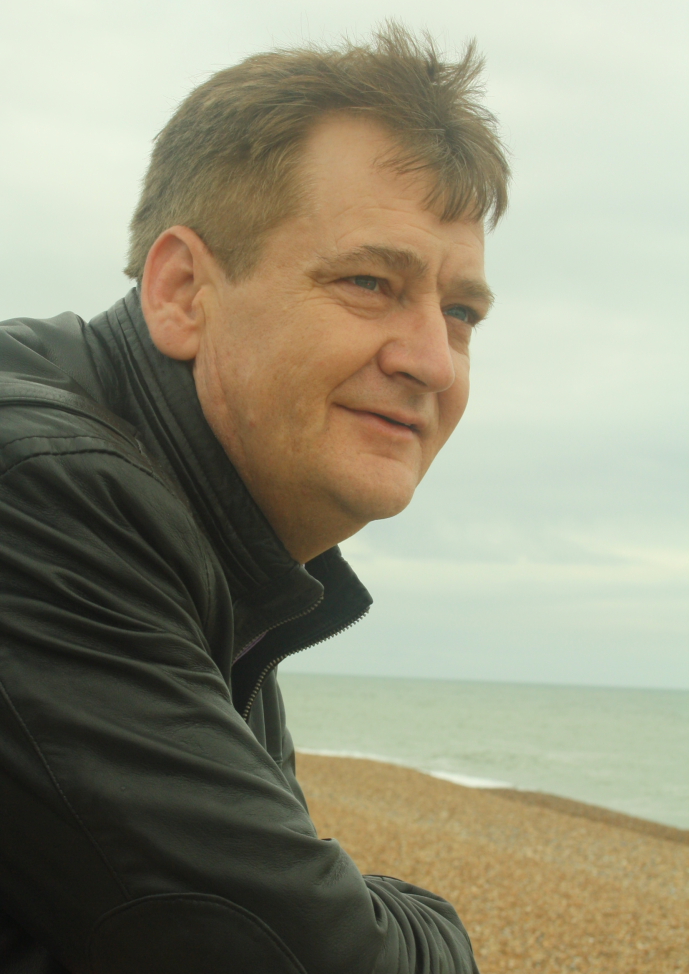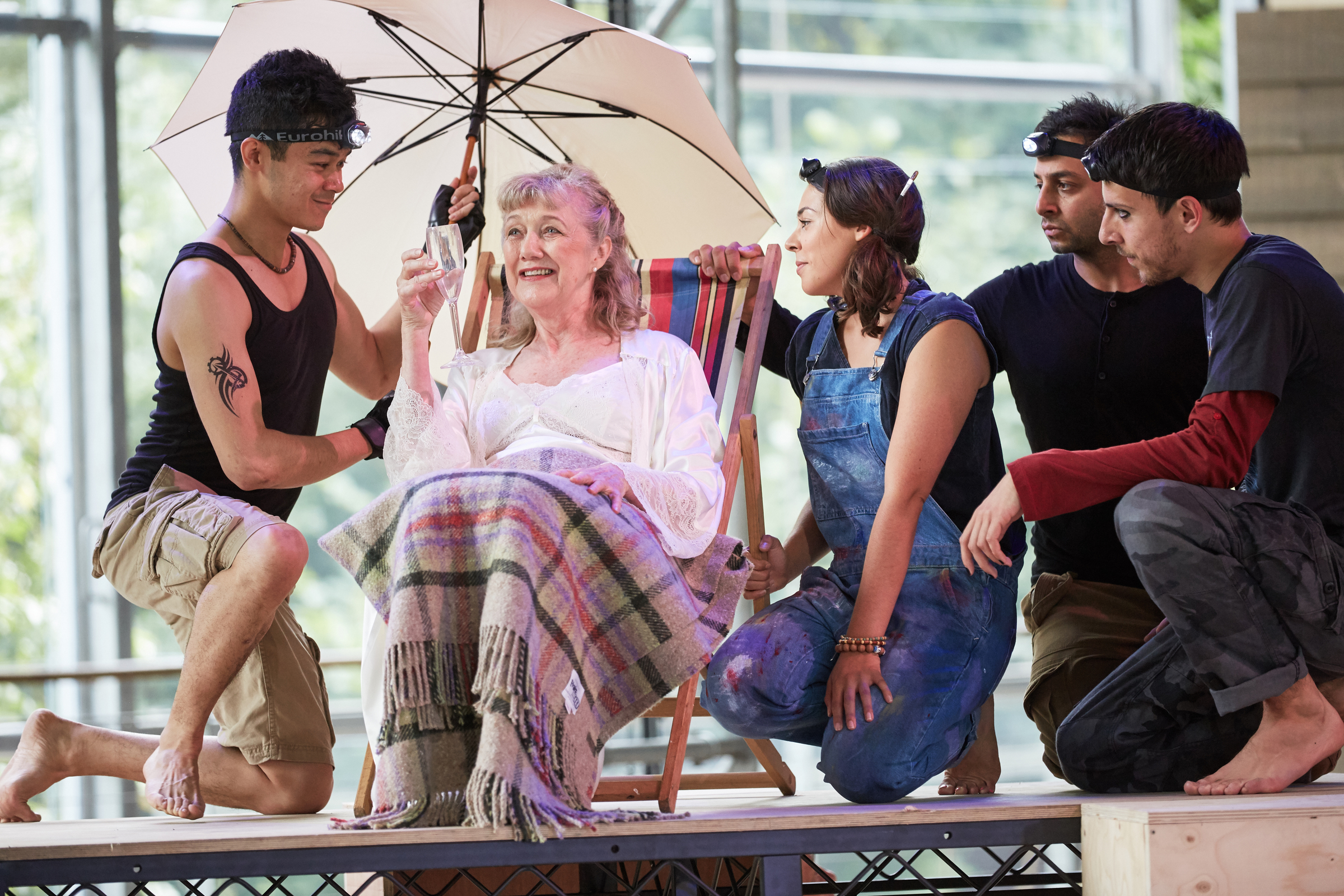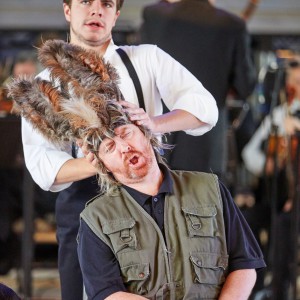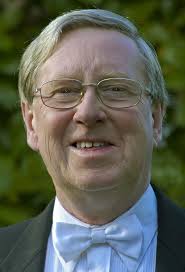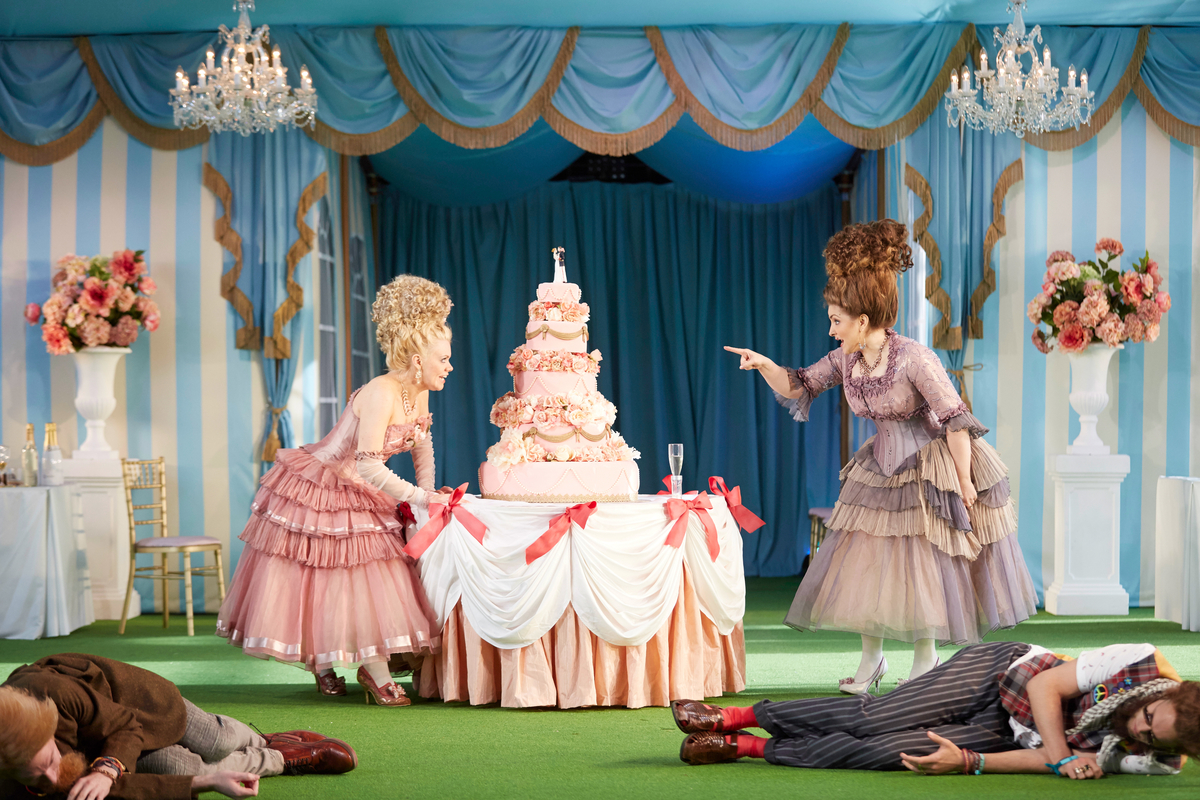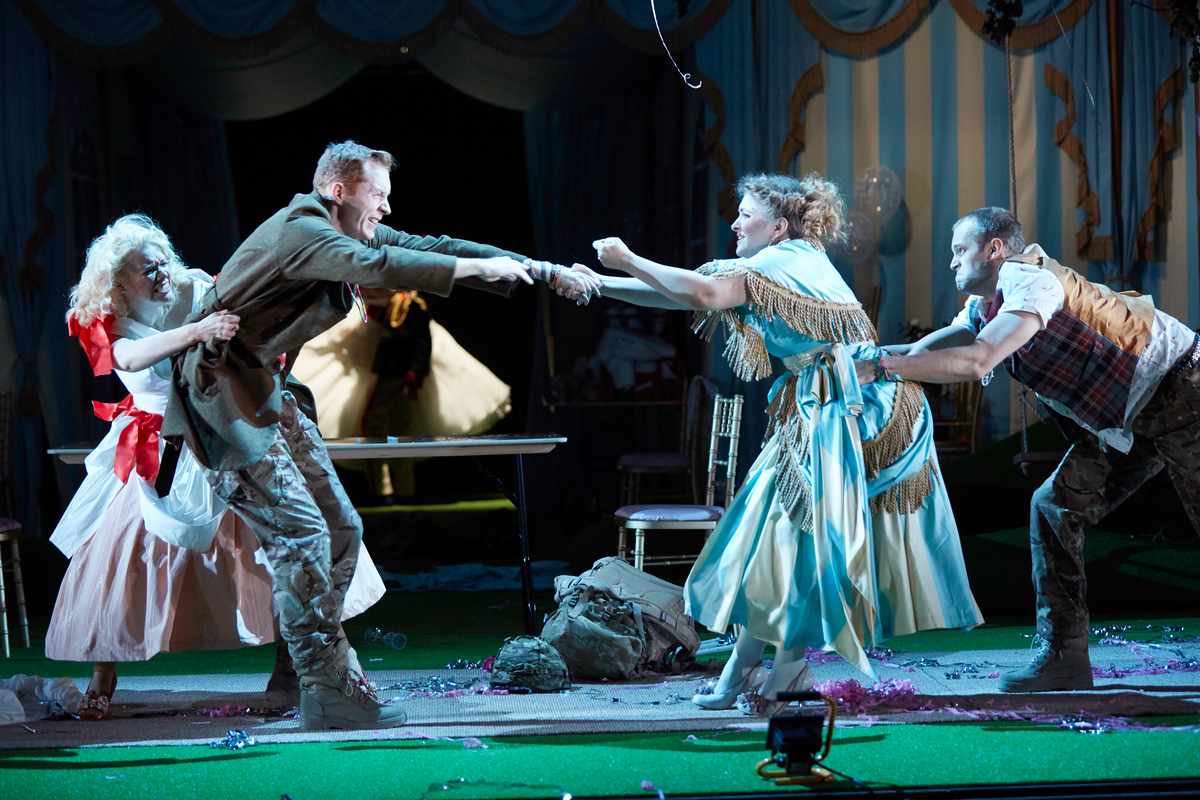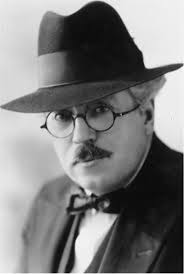New ENO Music Director Mark Wigglesworth conducts Dmitri Tcherniakov’s new production of Lady Macbeth of Mtsensk
Award-winning Russian director Dmitri Tcherniakov returns to ENO with a new production of Shostakovich’s Lady Macbeth of Mtsensk. First seen in Düsseldorf in 2008, Tcherniakov’s bold and contemporary production goes to the core of Shostakovich’s powerful drama. Mark Wigglesworth conducts his first production as ENO Music Director.
Shostakovich’s operatic masterpiece of the Soviet era, Lady Macbeth of Mtsensk tells the story of a bored and lonely merchant’s wife, who seeks solace and excitement in an affair that ultimately leads to her downfall. Its graphic language and explicit portrayal of sex and violence led to the work being banned in the Soviet Union for almost 30 years.
Opera and theatre director Dmitri Tcherniakov has a global reputation for his daring and often contentious directorial style. For ENO he has directed Simon Boccanegra in 2011. The Independent noted “there is an extraordinary director at work here”. He has also created the design of this production.
ENO’s new Music Director Mark Wigglesworth is an acclaimed Shostakovich interpreter, having recorded all of the composer’s symphonies to critical acclaim, BBC Music Magazine named him as “the finest Shostakovich interpreter of his generation”. He conducted a previous production of Lady Macbeth of Mtsensk for the Company in 2001. For ENO Mark has also conducted Così fan tutte, Falstaff, Katya Kabanova and Parsifal.
Leading a world class cast is soprano Patricia Racette making her debut as Katerina (the title role). British tenor John Daszak made his professional opera debut with ENO in Jen?fa and has since appeared in a number of productions including Boris Godunov, Manon Lescaut, Nabucco, A Masked Ball and The Trojans. He will perform the role of Sergei. Bass baritone Robert Hayward will play Boris, Katerina’s father-in-law. Robert has performed in numerous productions for ENO including Otello, Pelleas and Melisande, Lulu and The Ring Cycle.
Bradford-born tenor Peter Hoare will sing the role of Zinovy Ismailov. Peter last performed at English National Opera in the role of Hermann in David Alden’s new production of The Queen of Spades. British bass Matthew Best was last seen at ENO as Tiresias in the world premiere of Julian Anderson’s Thebans and as Swallow in David Alden’s critically acclaimed production of Peter Grimes. He will sing the role of the Old Convict. Danish bass Per Bach Nissen makes his ENO debut as the Chief of Police.
Lady Macbeth of Mtsensk opens at the London Coliseum on 26 September 2015 for 8 performances – 26, 29 September, 2, 8, 10, 13, 20 October at 7.30pm, 17 October at 6.30pm.
It will also be broadcast live on BBC Radio 3 on Tuesday 13 October at 7.00pm.

